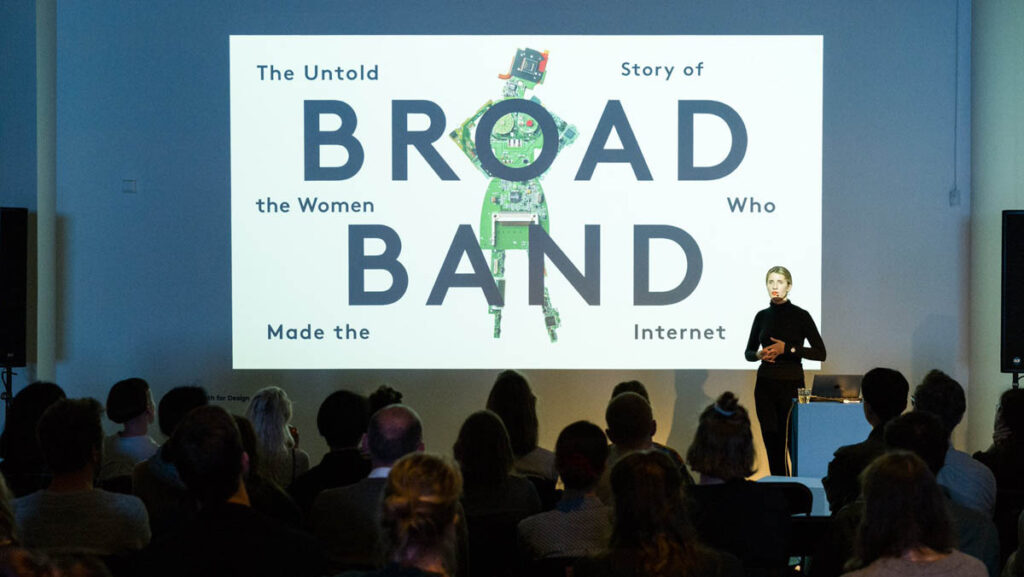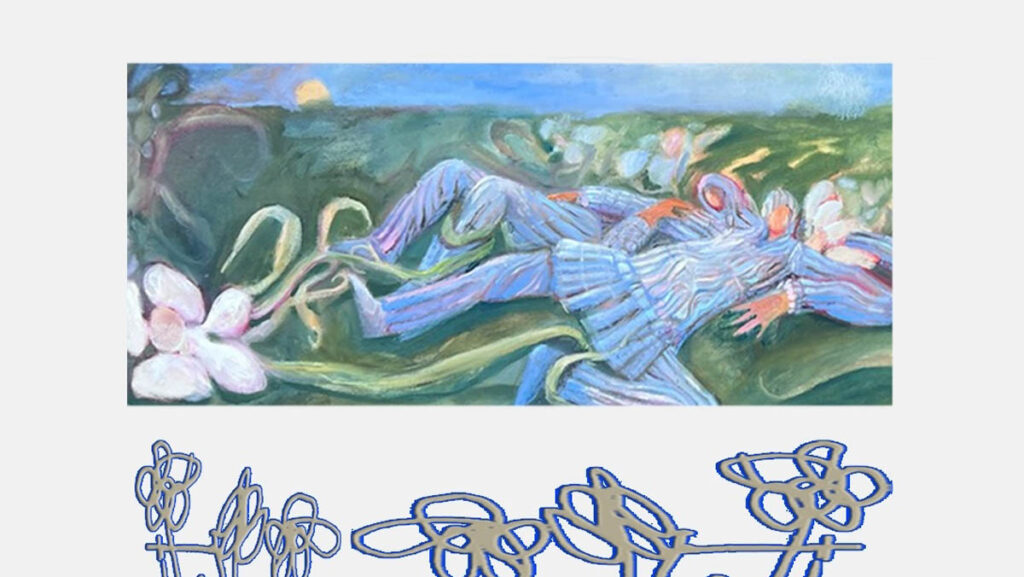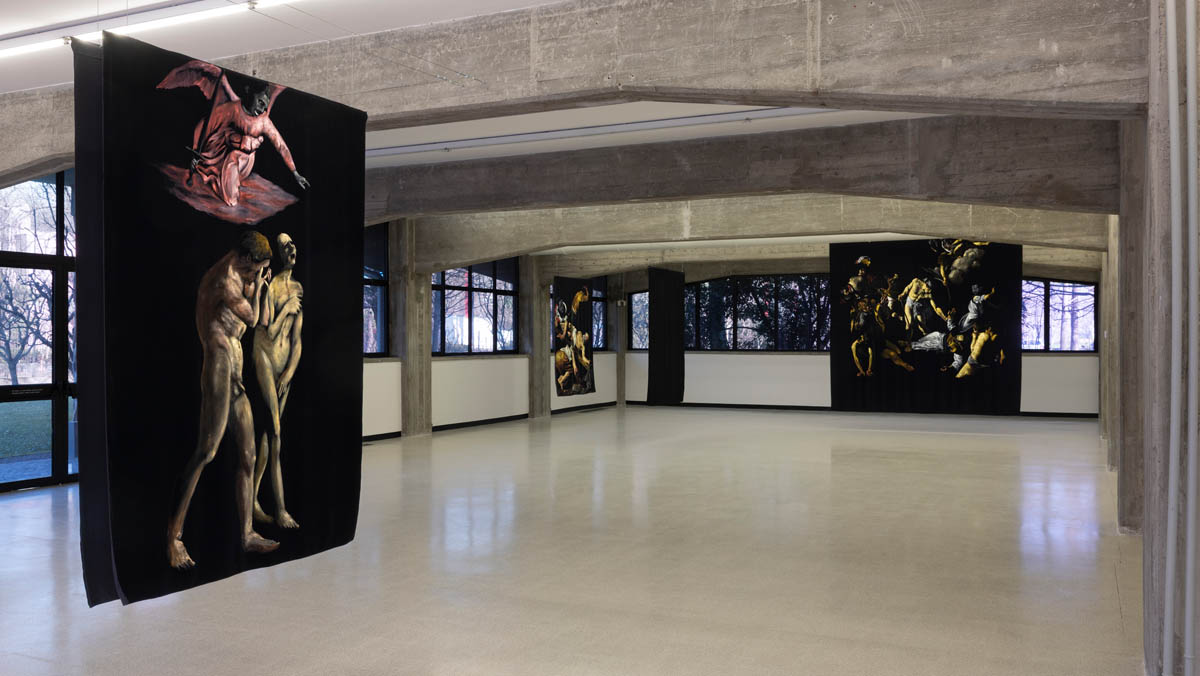
The exhibition is grounded in the artist’s time in Reggio Emilia, and that connection runs deep. This is not a detached body of work; it’s an embedded one — a thoughtful engagement with the local territory, infused with references that ripple through his visual language. The dialogue extends to the museum’s permanent collection, particularly the work of Julian Schnabel, serving as a starting point. For Mivekannin, it’s not about homage — it’s about using this legacy as a springboard to explore identity, history, and representation on his own terms. Always personal, often unpredictable.
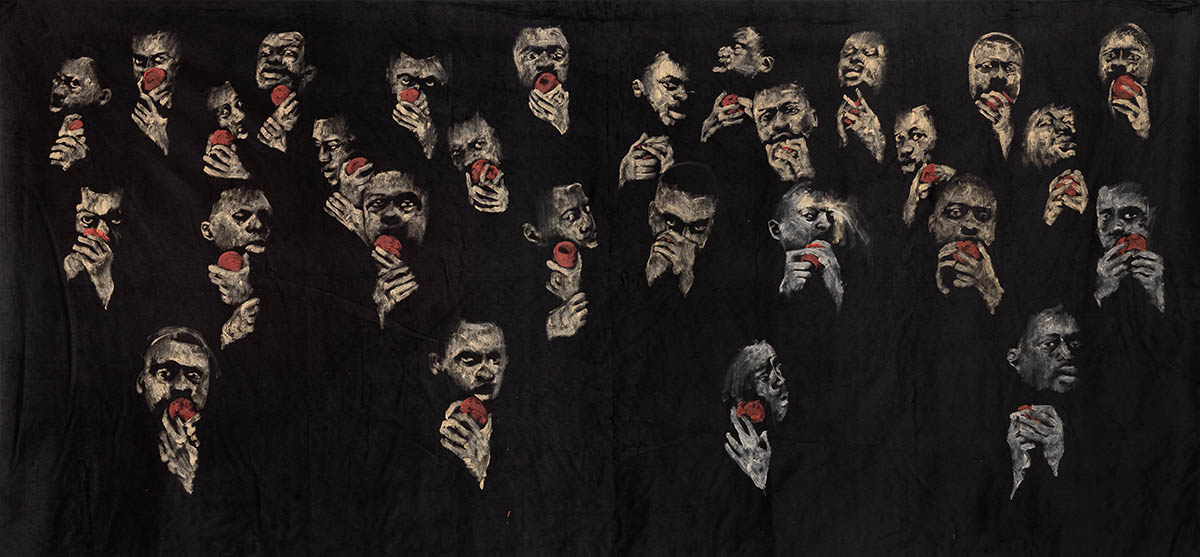
In a bold shift, Mivekannin abandons his usual fabric and reclaimed textile supports to work exclusively on black velvet— a first in his career. This isn’t merely a technical decision; it’s a conceptual provocation. The velvet isn’t a neutral ground. It becomes a surface of resistance. A “black mirror”, as the artist calls it — not in the digital sense, but as a site where light disappears, and stories re-emerge.
His own face reappears throughout the exhibition — not as a self-centered gesture, but as a proxy for the historically erased. Through his self-portraits, Mivekannin inserts marginalized bodies back into the narrative of European art history. He recenters absence, using his own image not to dominate, but to disrupt, to question, to insist. This project is rich with intertextuality. References abound: Masaccio, Caravaggio, but also Pasolini, Almodóvar, Pina Bausch, Leos Carax. Yet these influences are not quoted — they are digested, reimagined, made new. Mivekannin doesn’t lean on tradition; he confronts it.
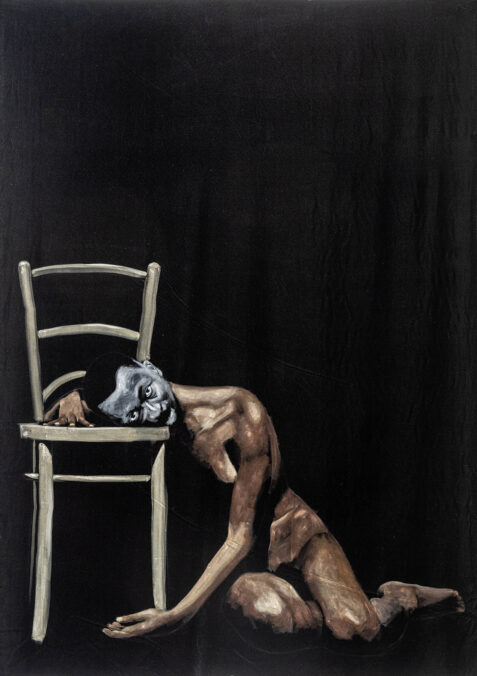
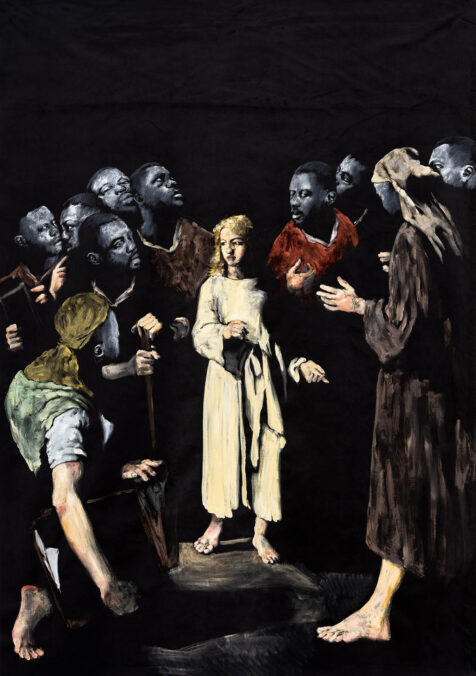
Discovered through Almodóvar’s Talk to Her, Bausch’s choreography becomes a poetic and political anchor in the exhibition. Dance, in Mivekannin’s hands, becomes a metaphor — a shared language between cultures, a gesture that bridges Africa and Europe, the sacred and the profane, the classical and the contemporary. In this space, painting is no longer static. It becomes tension, motion, and transformation. The velvet surface — ephemeral, absorbing — becomes a site of metamorphosis, where identity shifts, fractures, and reclaims itself. In this context, the viewer is no longer just a witness, but a participant, invited into the artist’s dialogue with history and its erasures. With this exhibition, Mivekannin doesn’t just reframe his practice — he reframes painting itself as a critical, vital act. One that inhabits the present while refusing to look away from the past, especially the parts we were never shown.
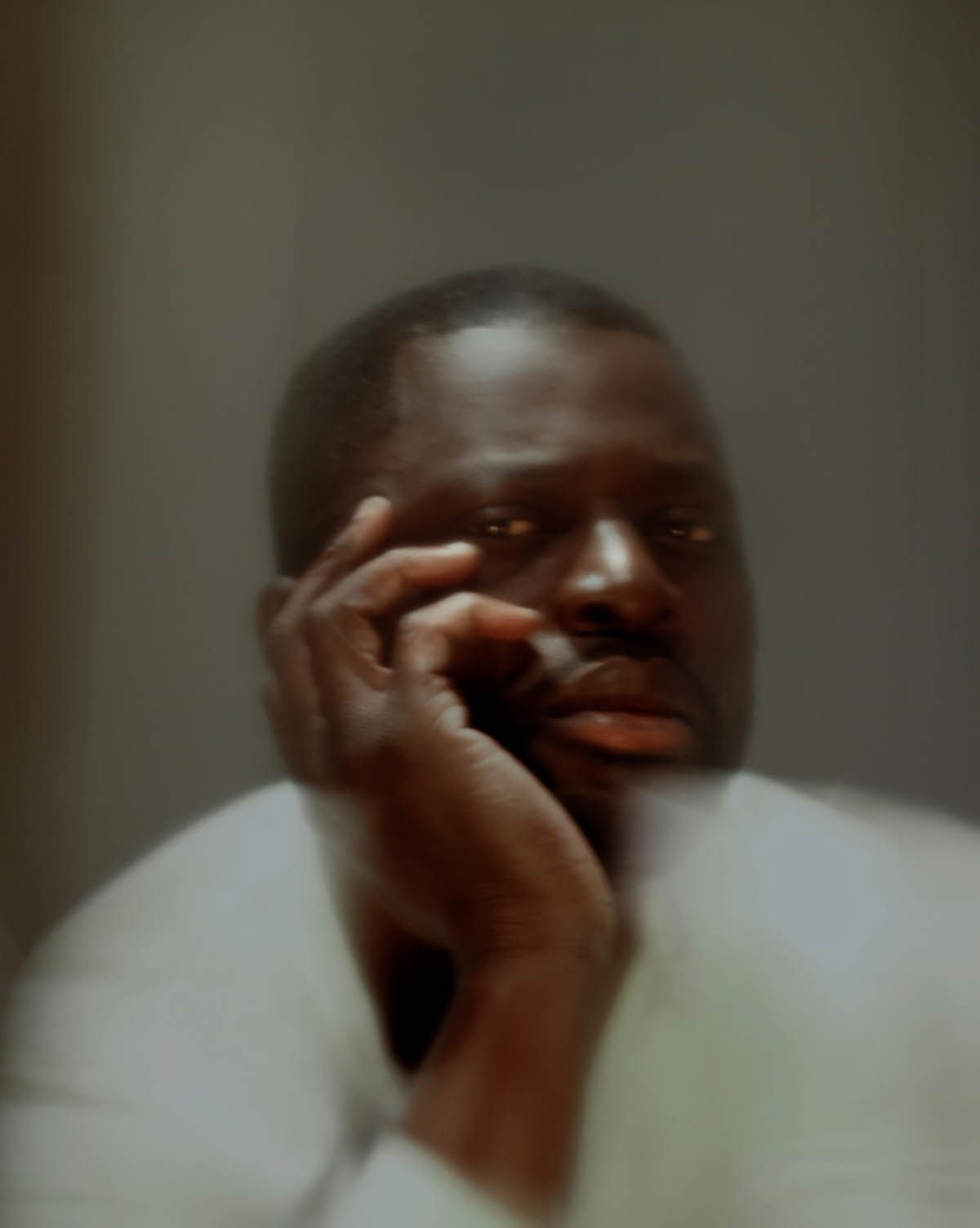
Roméo Mivekannin (b. 1986, Bouaké, Côte d’Ivoire) is a multidisciplinary artist whose work bridges painting, sculpture, and installation. With a background in cabinetmaking, Art History, Architecture, and literature, Mivekannin reinterprets European iconography, replacing the faces in classical works with his own self-portraits. This act challenges colonial representations and exposes the colonial gaze. Drawing on both archival materials and his family’s history with colonization, his art reflects a „memory of history,“ using layers of meaning.
Amanda Luna Ballerini is a writer based in Italy. Her work moves across language, image, and identity, guided by intuition and a refined sense of form. She has written for Flash Art, Vogue, Exibart, Italy Segreta, Les Nouveaux Riches, and other leading publications.




